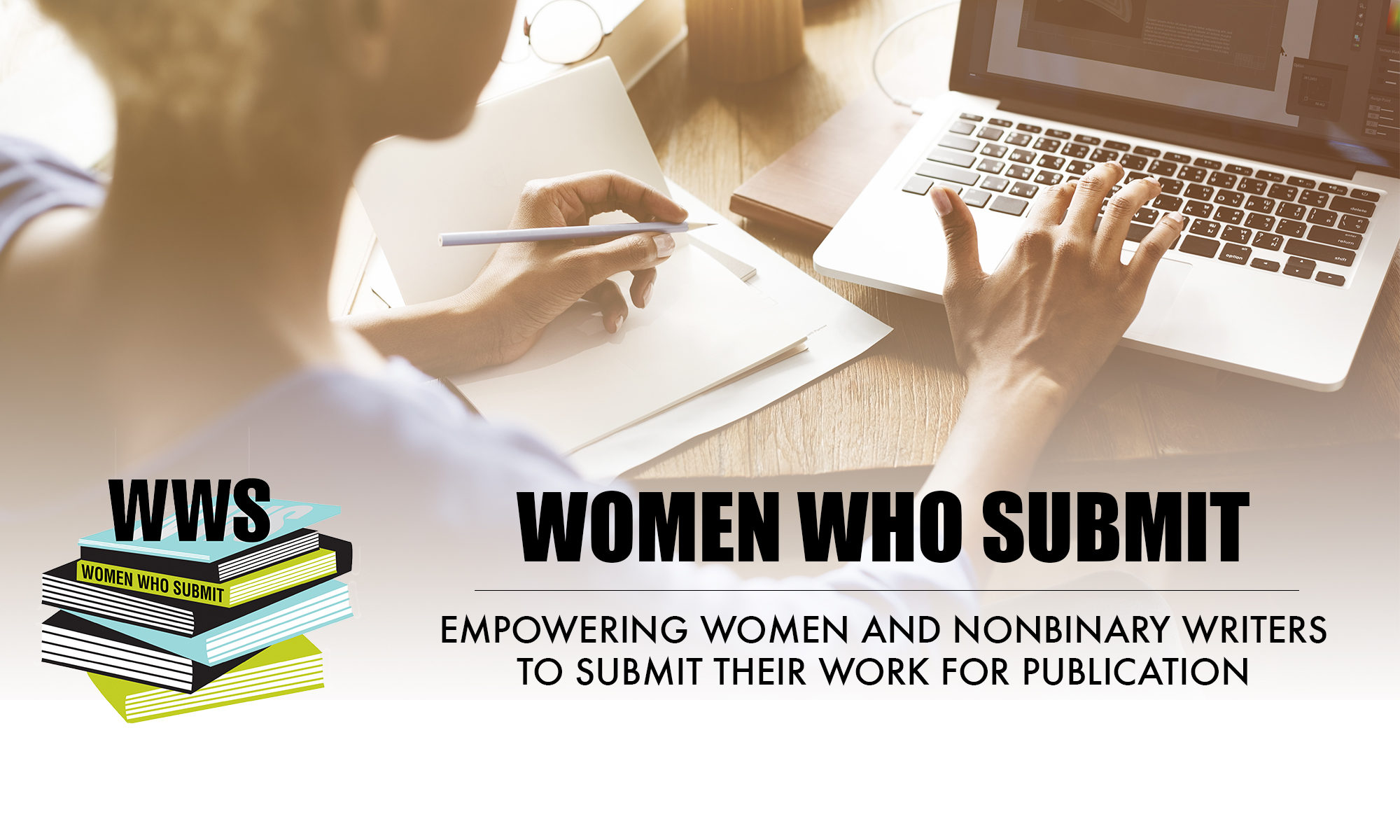By VK Lynne
I’ve been a musician all my adult life. Songwriter, rhythm guitarist, and front woman, I have toured with metal bands and recorded blues, rock, hard rock, and progressive and symphonic metal projects. And I’ve spent a good portion of my career tripping on, stepping over, and climbing atop boxes.
You may ask, “why not just get rid of them?,” but how could I, when they aren’t mine, they just simply- ARE. The boxes of genre, look, age, and gender, that litter the already loaded minefield of rock and roll.
When I started out in the LA scene, I was already too old, and that caused me to focus twice as hard on my appearance, as a way to “apologize” for my decrepit late-20’s condition. I got unsolicited advice from the wrong people, music managers, usually older, white men, who all had opinions on what I “needed” to do to get my songs out: Lose weight, sing pop, be blond, sing country, look more “polished,” change my name, etc., etc.
After a few years of despair and anorexia, I realized that all of them had their own agendas, and that my best shot lay in being true to myself.
That meant writing and singing in multiple genres, as my muse dictated, cultivating a look that truly felt like me, even if it was polarizing, and understanding that I was most likely cutting myself off from mainstream commercial success and being at peace with that.
To some degree, that has been a lonely pursuit. I never neatly fit anywhere, so I feel a bit like an artistic pilgrim, joining one group of nomads after another on their journeys and sharing their campfires for a few evenings of stories and camaraderie, only to reach that place in the dust where our paths diverge and once again, waving farewell – see you on down the road.
Why have I chosen this?
I could have picked a box, climbed in, and nested in it, but instead, I navigated around the edges of each. Perhaps it’s because, subconsciously, I knew that my destination lie beyond them.
Along the way, I have learned so much. I’ve spent time in the singer-songwriter community, the blues world, the hard rock and metal scenes. I’ve dabbled in musical theater and burlesque. And I’ve absorbed so much beauty from the people who lived there, understood so much more about humanity through the sound of their songs and stories. And I’ve woven that knowledge into my webs, my lyrics and poems that strive to grasp what this life holds and what it means.
For me, it has taken years to become an artist with something genuinely important to say. That’s been my calling. You see, I believe everyone has something unique to offer, something that only they can contribute to the human tapestry. My part simply took time to ripen.
Cher tells a story about how a man approached her and said, “Don’t you think you’re too old to be running around onstage, singing rock and roll?” To which she replied, “I don’t know, ask Mick.”
This year, at 45 years old, I saw myself on the cover of a music and modeling magazine for the first time. Confident, bold, and colorful, the woman I saw was the artist that took 20 years to build, and THAT story, THAT reality, is what I bring to the world.
There is no “too late,” there is no ONE WAY to do anything. In fact, when each of us creates their own way, we show the next generation what is possible, we give them wings and dreams and hope… hope that we can all grab a box and clear that path. For there is much ground to cover.

VK Lynne is a writer and musician from Los Angeles. She is a 2016 recipient of the Jentel Foundation Artist Residency Program Award for writing. She penned the award-winning web series “Trading on 15,” and she has authored the period novella “Even Solomon,” along with two poetry volumes, “Crisis” and “Revelation,” which make up the audiobook “The Release and Reclamation of Victoria Kerygma.“
Her writing has been published in Image Curve, The Elephant Journal, GEM Magazine, and Guitar Girls Magazine.







